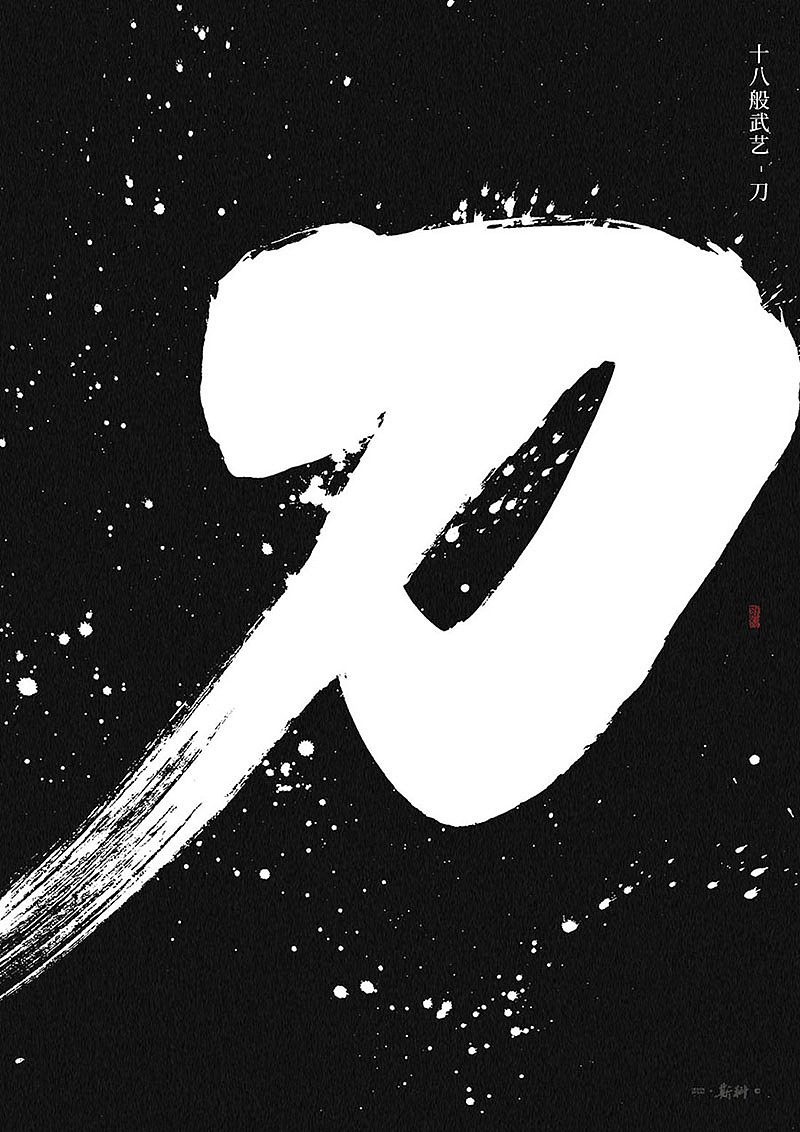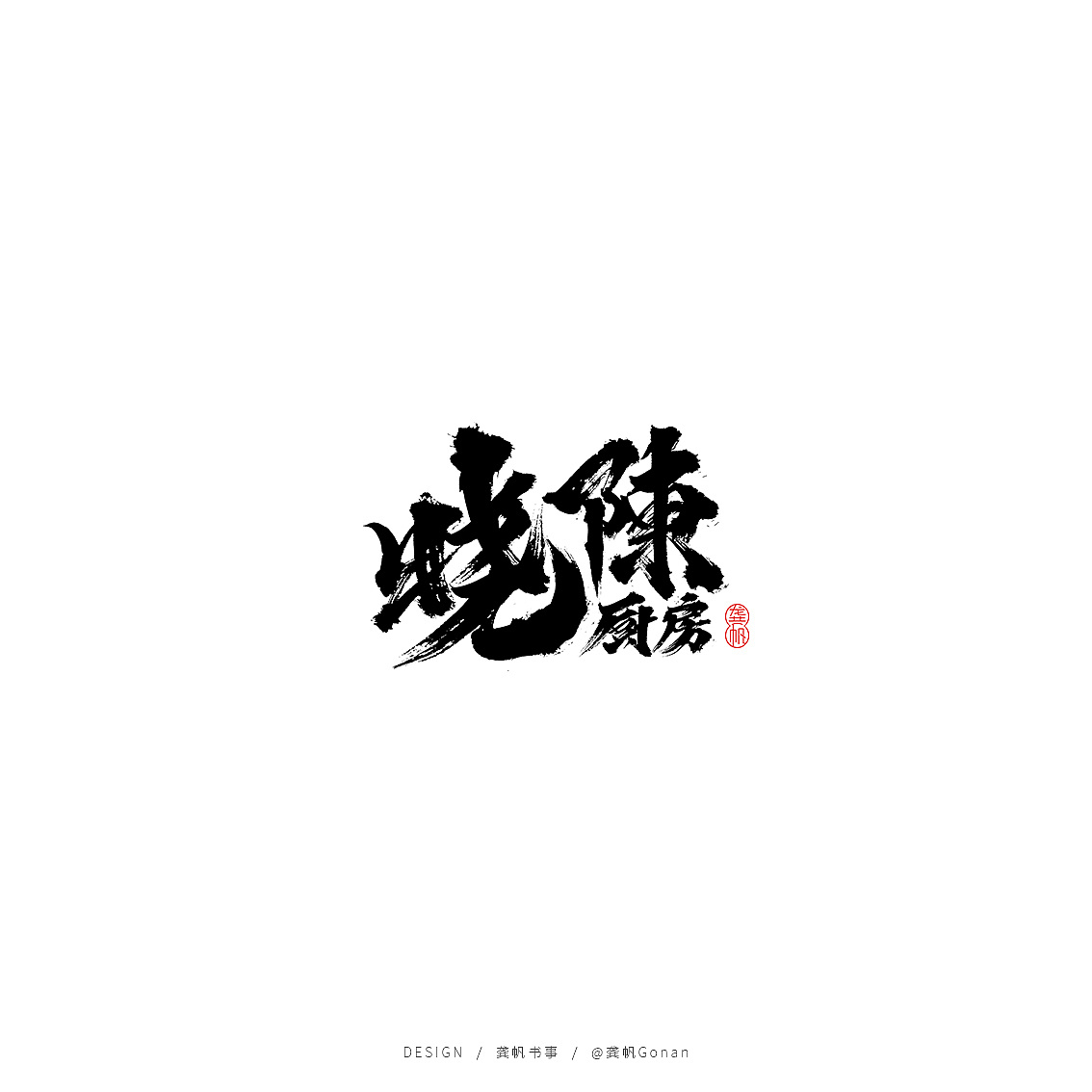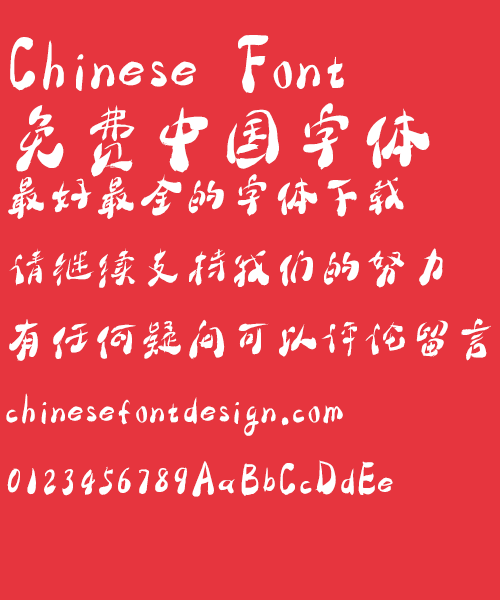

Chinese calligraphy and ink and wash painting are closely related: they are accomplished using similar tools and techniques, and have a long history of shared artistry. There are some general standardizations of the various styles of calligraphy in this tradition. Calligraphy is considered one of the four most-sought skills and hobbies of ancient Chinese literati, along with playing stringed musical instruments, the board game "Go", and painting. This type of expression has been widely practiced in China and has been generally held in high esteem across East Asia. Introducing tf-seq2seq: An Open Source Sequence-to.Chinese calligraphy is the writing of Chinese characters as an art form, combining purely visual art and interpretation of the literary meaning.Saddle up and meet us in Texas for OSCON 2017.Limited coverage of CJK Ideographs in Plane 2 of Unicode, as necessary to Letters in the Unicode Basic Multilingual Plane of Unicode.

Regions, Kangxi radicals, Japanese Kana, Korean Hangul and other CJK symbols and Includes the full coverage of CJK Ideographs with variation support for four

This ideograph is famous for having the most important elements of calligraphic strokes. Headings because of their simplicity and modern feeling.ĭesign of '永' ('eternity') in Noto Serif and Sans CJK. Sans-serif fonts are often used for user interfaces of websites/apps and Serif fonts, which are considered more traditional with calligraphic aesthetics,Īre often used for long paragraphs of text such as body text of web pages orĮbooks. This styleĬontinues today and has become a popular typeface style. In addition, subtle triangular ornaments were added to theĮnd of horizontal strokes to simulate Chinese Kai (楷体) calligraphy. Vertical strokes were difficult this resulted in thinner horizontal strokes and Horizontal strokes were easy to carve and Characters were carvedĪlong the grain of the wood block. The namesĪnd writing styles originated during the Song and Ming dynasties in China, whenĬhina's wood-block printing technique became popular. Japan, and Myeongjo (명조) or Batang (바탕) in Korea. Ming (明體) in Hong Kong, Macao and Taiwan, Minchō (明朝) in A serif-style CJK font goes by many names: Song (宋体) in Mainland China,


 0 kommentar(er)
0 kommentar(er)
